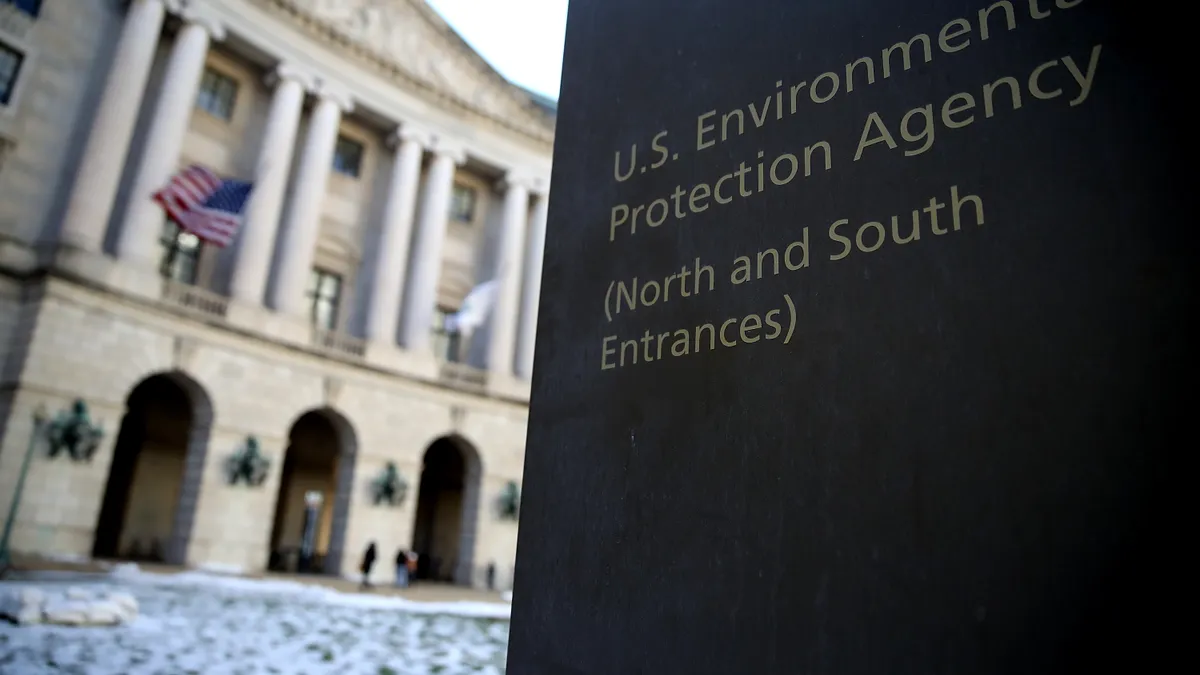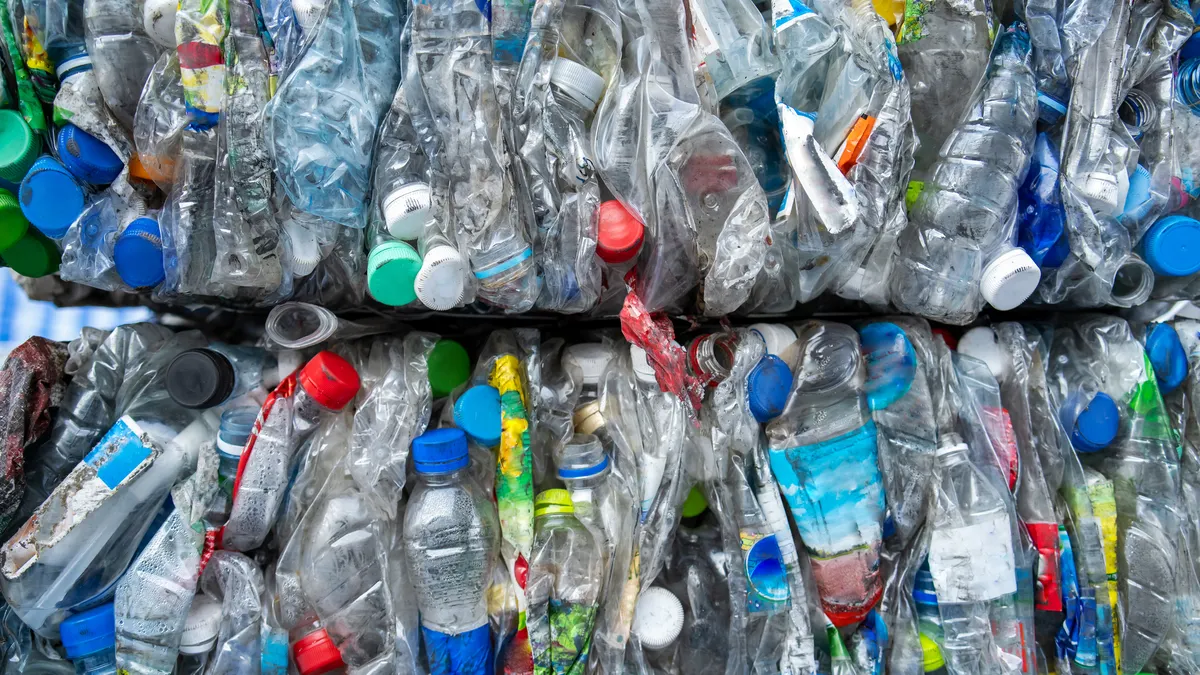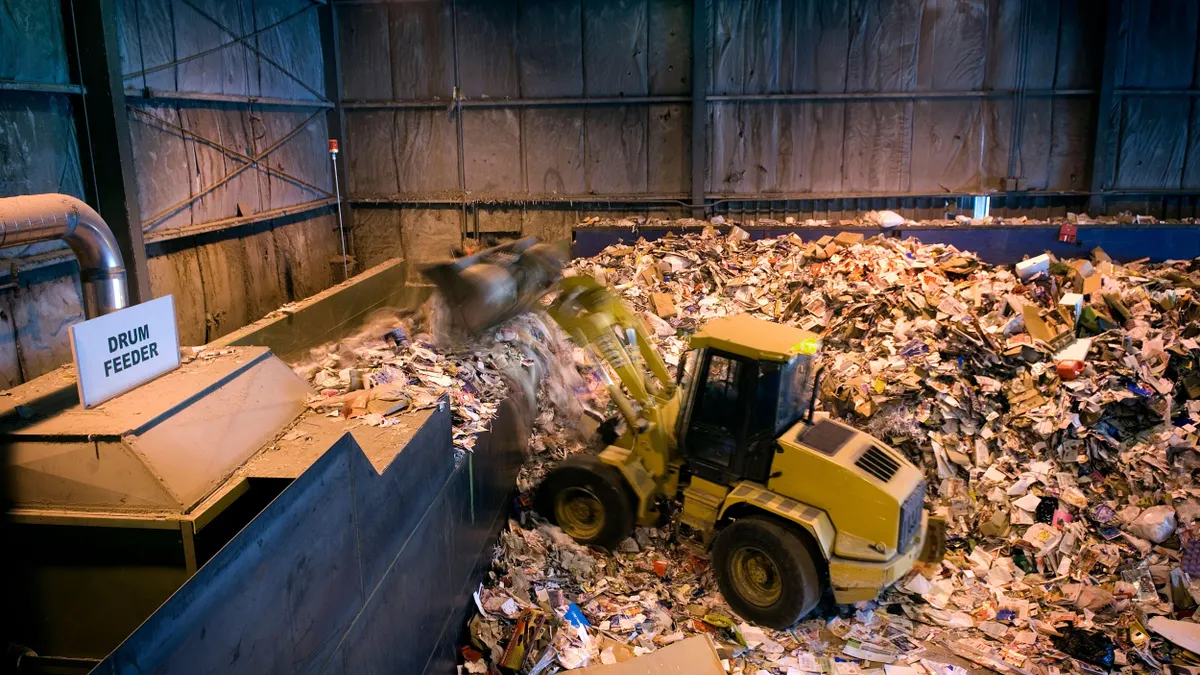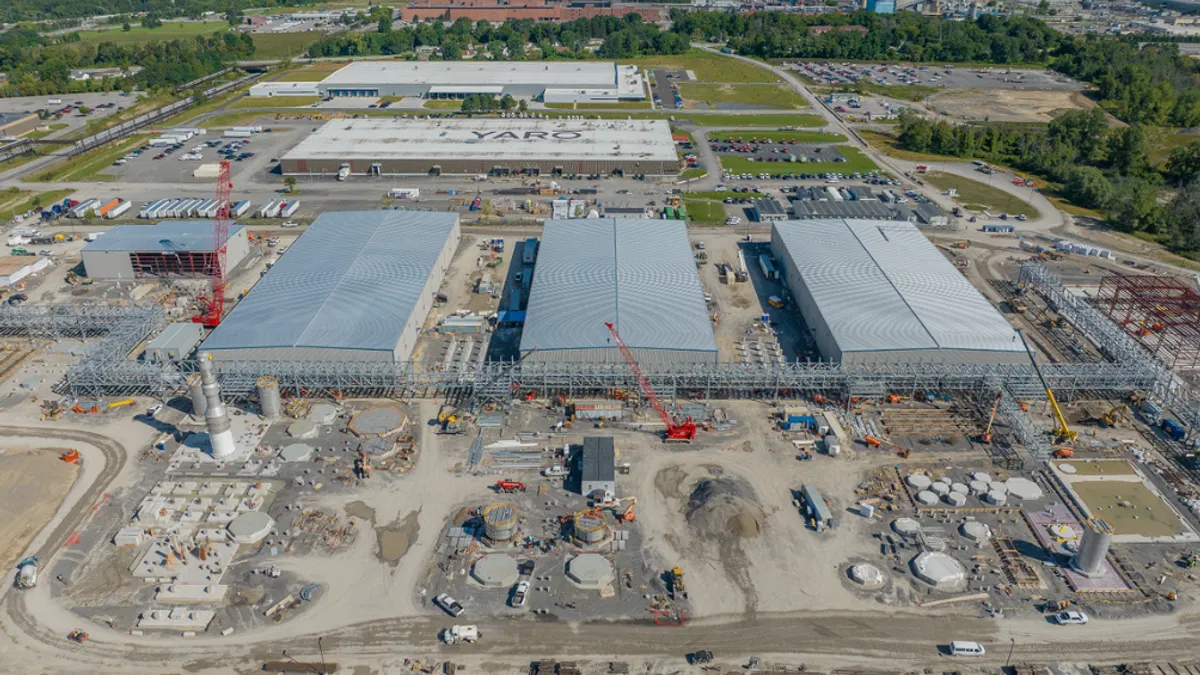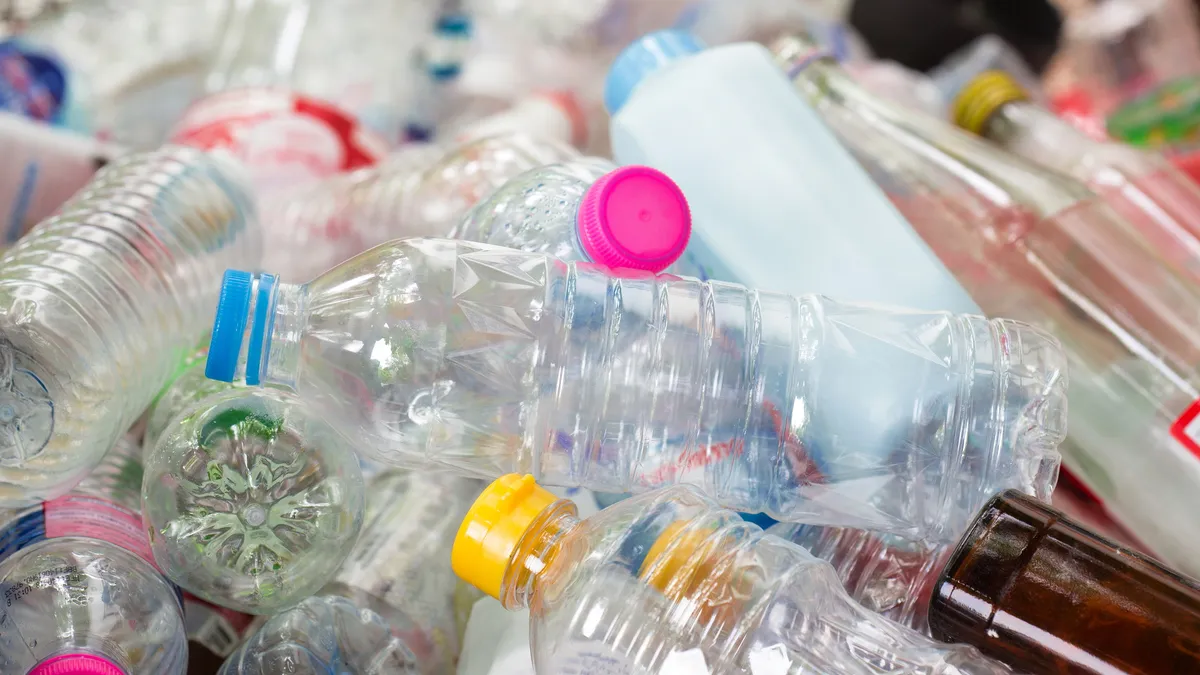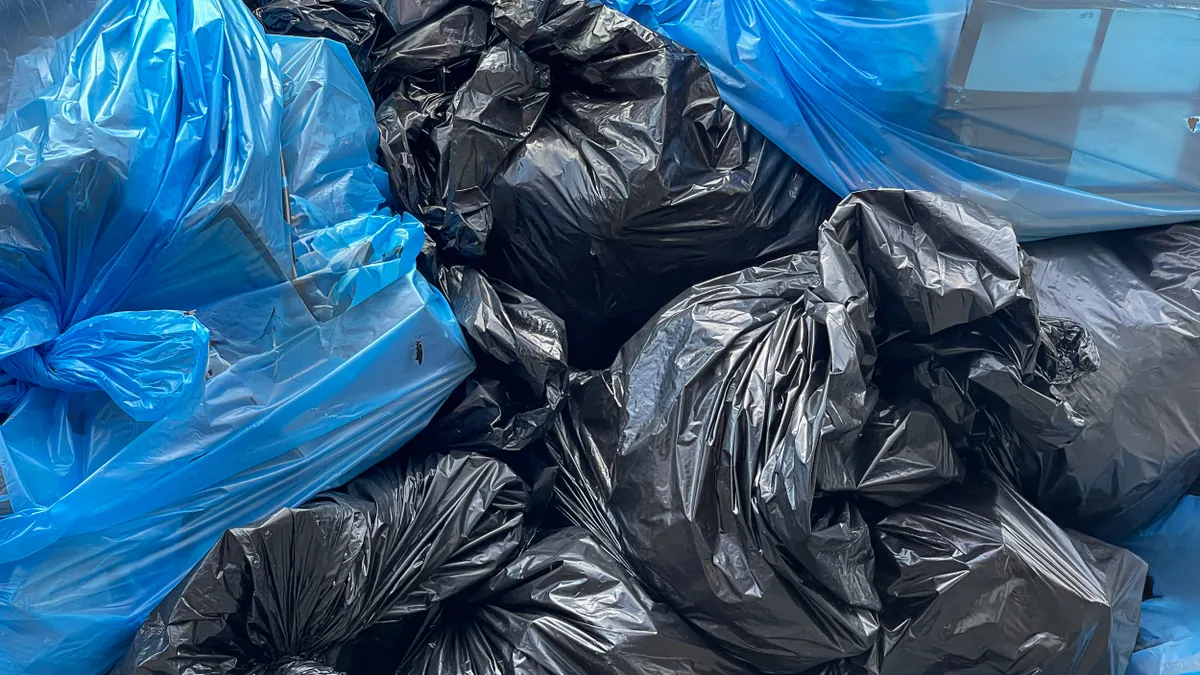Some of the U.S. EPA’s regulatory programs meant to reduce pollution from hazardous waste sites and prevent trash in waterways are falling short, according to a report from the agency’s Office of Inspector General.
The independent office within the EPA makes recommendations for agency improvements and releases a progress report every two years. This year’s report calls for the EPA to work more closely with municipalities to prevent plastic pollution in waterways. It also calls on the EPA to better prioritize inspections of hazardous waste treatment, storage and disposal facilities (TSDFs), saying infrequently performing inspections increases the risk of pollution and health issues.
Here’s a look at the waste-related recommendations found in the report.
Trash, particularly plastic, in U.S. waterways:
The issue: The EPA is helping states reduce trash in waterways, but the OIG thinks the EPA needs to develop more specific strategies to make better progress. Trash in waterways is a challenge because it’s made up of so many different substances and comes from different places. Sewer and stormwater discharge is also a big source. Plus, the EPA doesn’t have “consistent methods” for measuring it, OIG said. It first brought up this issue in 2021.
The recommendations:
- The OIG asks the EPA to create a public report explaining what obstacles are holding the EPA back from fully enforcing the Clean Water Act to control trash in waterways.
- Using the findings from that report, the EPA should create some strategies it can disseminate to states and municipalities to help overcome those obstacles.
What’s next:
The EPA agreed with OIG’s assessment and is working on the recommendations. Per an OIG suggestion, the EPA also published guidance documents such as the Trash Stormwater Permit Compendium, which helps municipalities when writing certain sewer permits, and the Escaped Trash Assessment Protocol, a trash measuring tool.
Inspection rates at open hazardous waste facilities
The issue: The EPA is inspecting hazardous waste treatment, storage and disposal facilities at a high rate of 91%, but it still isn’t hitting the 100% inspection rate required by the Resource Conservation and Recovery Act. The agency also isn’t inspecting those sites at the correct frequency, the report says. That could put people at risk of exposure to hazardous substances, as the EPA says 80% of all U.S. citizens live within three miles of a federally-regulated TSDF.
In 2016, the first time OIG pointed out the issue, it reported a 94% overall inspection rate for private TSDFs, 85% for federal TSDFs and 54% for state or local TSDFs. In a follow-up report from 2022, OIG found that state and local inspections had gone up to 64%, while rates for private and federal were similar to 2016 data.
The EPA’s Office of Enforcement and Compliance Assurance acknowledges it isn’t meeting the requirement, citing “resource limitations from other competing priorities, such as inspector training or state oversight activities” as well as lower budgets and staff decreases.
The recommendations:
- OIG wants the EPA to implement management controls to inspect TSDFs more effectively.
- The OECA may ask for additional resources, but at the time the OIG report was issued, it hadn’t made any formal requests.
What’s next:
The new timeline to resolve the problem is March 29, 2024, which OIG says is more than eight years after it released its first report on the matter. However, OIG acknowledges that this issue could take three or more years to resolve.
Inspection rates at closed hazardous waste facilities
The issue: Closed TSDFs that have waste in place also aren’t being inspected at a regular rate, OIG says, which could cause serious human health issues. In 2021, when it last assessed the EPA’s inspection rate, OIG found that about 49% of the 687 closed sites weren’t being inspected frequently enough.
When an RCRA unit stops accepting waste, the TSDF must be cleaned up or closed and maintained, OIG said. Permitted TSDFs should be inspected at least once every two to three years, depending on operational status.
“Because of the lack of inspections, a hazardous waste leak from a compromised unit could go undetected for years, with dire human health and environmental consequences,” including possible groundwater contamination affecting drinking water or other exposure, it said in its report.
OIG also says the EPA’s regional oversight of such inspections is inconsistent. Some regions tie their inspection commitments to their annual RCRA grant negotiations to verify they’re complying, but other regions have no verification process. Some inspections were also being conducted in conjunction with the Superfund program, creating confusion, gaps or redundancies over inspection schedules and data.
In 2021, Barry Breen, acting assistant administrator for the Office of Land and Emergency Management pushed back against some of OIG’s assessment, saying nonoperating TSDFs had an 80% inspection rate and that certain facilities OIG said had not been inspected in years had actually been inspected at the correct frequency. However, OLEM agreed that there was a “need for improved program monitoring.”
The recommendations:
- OIG wants the EPA’s assistant administrator for OLEM to develop better oversight controls.
- Inspections that haven’t been completed within the mandatory time frame should be completed “as soon as feasible” within the following fiscal year.
What’s next: The planned completion date is listed for March 29, 2024, but the OIG report acknowledges that the practical timeline could take more than three years to complete.



